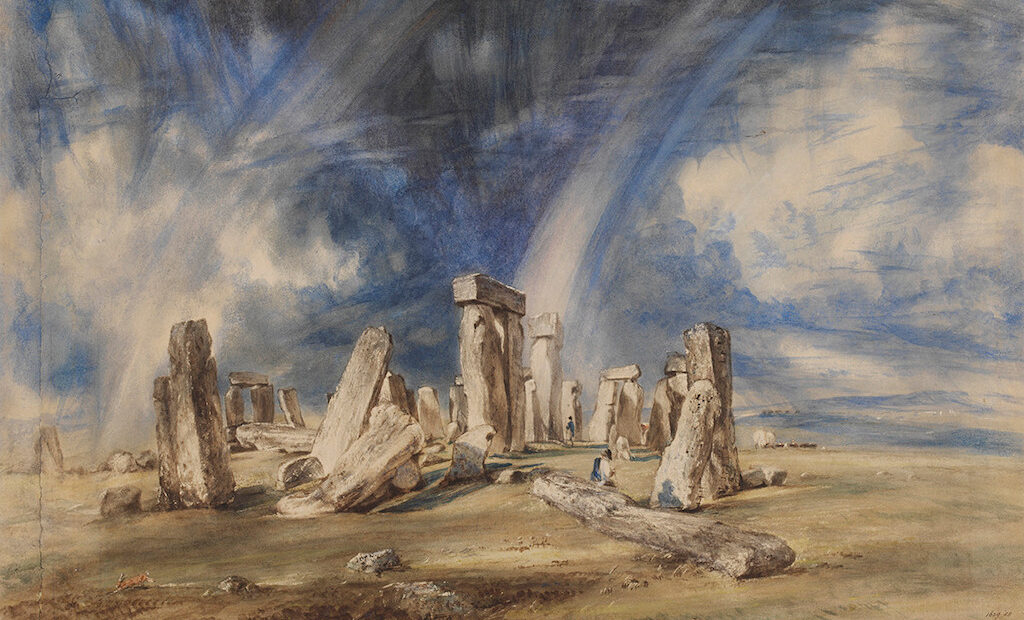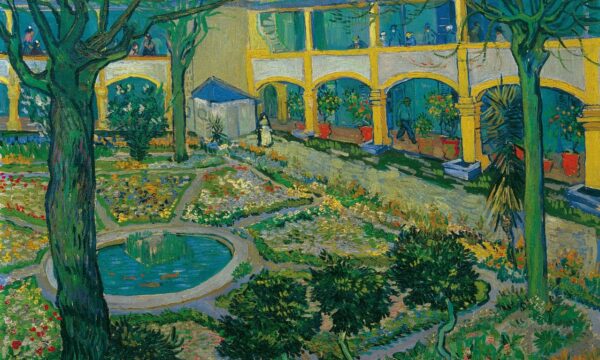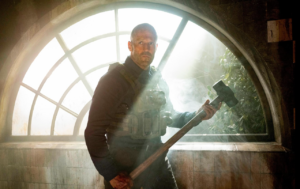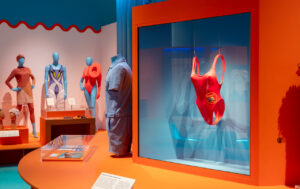Late Constable at the Royal Academy of Arts

For a painter of such national renown, John Constable was surprisingly only elected a Royal Academician at the age of 52, despite having been a student at the Royal Academy schools in 1800. Now, nearly two centuries later, the institution are holding their first exhibition purely dedicated to this giant of British landscape painting. Taking as its focus the late period of his career, from 1825 to his surprise death in 1837, the display features a range of works from paintings and oil sketches to watercolours, drawings and prints.
Constable had moved from his native Suffolk to Hampstead in 1816, and the start of the show introduces some of his meticulously observed cloud studies, many of which depict the skies of Hampstead in 1821. These are speedily painted, small-scale works that testify to the artist’s enduring fascination for the sky and fleeting light.
Constable’s reputation today hinges on the magnificent series of six landscapes featuring scenes on the River Stour in Suffolk between 1819 and 1825 – the legendary “six-footers”. The last of these, The Leaping Horse (1825) is in the opening room at the Royal Academy. Here we see the artist moving away from the “truth to nature” concept that had been such a constant in his earlier period. The canvas marks a sea-change to the landscape master’s more synthetic late career approach. The Leaping Horse, along with its full-size painted preparatory sketch both possess flecked and encrusted surfaces.
It has been a suggested that the tragic death of Constable’s wife, Maria, in 1828 from tuberculosis, brought about a change of direction with his work taking on a sombre mood, his brush demonstrating a greater degree of expressiveness. The haunting Hadleigh Castle, overlooking the Thames estuary, was painted when Maria’s illness was in its final throes. This is a bleak, melancholic vision of ruined towers and black birds overhead, set against a turbulent sky. The full size-sketch is particularly expressive, with vigorous strokes of a palette knife in evidence. Paint is impastoed in areas. Constable often worked on such preparatory sketches for months at a time and they were not for public viewing.
The painter appears to allow himself a greater degree of artistic licence, for example in Dedham Vale (1828), inspired by a Campania landscape by 17th century painter Claude Lorrain. By this point Constable was increasingly conjuring bucolic scenes in his studio. His landscapes became more pastoral and Picturesque, the artist embellishing and harmonising compositions so as to attract buyers. The Cornfield (1826) sees him injecting more “eye-salve” (his term for superficial charms) into this vision of rural serenity. He adds a church tower and a cluster of red-roofed houses for a far focal point. It stands as a window to an idyllic, pre-industrial age.
There is a room at the show devoted to some superb works on paper, including several vigorous wash studies of Suffolk landscapes. One of the star attractions is definitely the celebrated watercolour of Stonehenge. The ancient site stands dramatically lit against a blue and white sky that pulses with energy. Two white beams hurtle down to the centre of the circle, surely an act of sheer invention on the part of the artist.
From 1825, Constable was emboldened to diversify his subject, encouraged by his close friend, Archdeacon John Fisher. He started to paint coastal scenes that would appeal to the public. Chain Pier, Brighton (1826-7) offers a rather unsentimental view of a pebbled Brighton beach, the newly opened pier in the distance. More memorable here however is the sublimely dramatic Rainstorm over the Sea (c 1824-28). Unlike most of his other Brighton sketches, the artist dispenses with human figures. Enveloping black clouds and a heavy downpour have been captured with vigorous, dark downward strokes; the sea sparkles beneath the storm – nature’s irresistible power thrillingly rendered.
At the close, one encounters Cenotaph to the Memory of Sir Joshua Reynolds (1833-36). There’s both the artist’s Romanticism and classicism to be found here. The last Royal Academy entry he submitted, it’s a valediction to Sir Joshua Reynolds (first president of the Academy) and to the recently deceased Sir George Beaumont, an aristocratic art collector who had shown the young Constable his collection of Claude Lorrains. The stone monument stands within a densely planted wood, flanked by busts of Michelangelo and Raphael, both revered by Reynolds. A stag is assumed to be a homage to Beaumont due to its appearance in the baronet’s favourite play, As You Like It. Constable mourns his aristocratic friend but also, one feels, his beloved wife.
This frequently exhilarating exhibition adds weight to the argument that John Constable increasingly became an experimental “modern” artist. The 12 years of his late period covered at the Royal Academy are characterised by expressive brushwork, explorations with mezzotints designed to promote his use of light and shade, and drawings brimming with freedom of expression. This late chapter of his career’s rich technical vocabulary would make a huge impact on forthcoming generations of 19th century painters.
James White
Late Constable is at the Royal Academy of Arts from 30th October until 13th February 2022. For further information visit the exhibition’s website here.




















Facebook
Twitter
Instagram
YouTube
RSS